Garlic is one of the easiest and most rewarding crops to grow, but it doesn’t always thrive without proper care. Many gardeners unknowingly make mistakes that lead to small bulbs, weak plants, or failed harvests. From planting at the wrong time to poor soil conditions, small missteps can significantly impact your garlic’s success. Thankfully, most of these issues are easy to fix with a little knowledge and adjustment. If your garlic isn’t growing as expected, check if you’re making one of these 11 common mistakes.
1. Planting at the Wrong Time
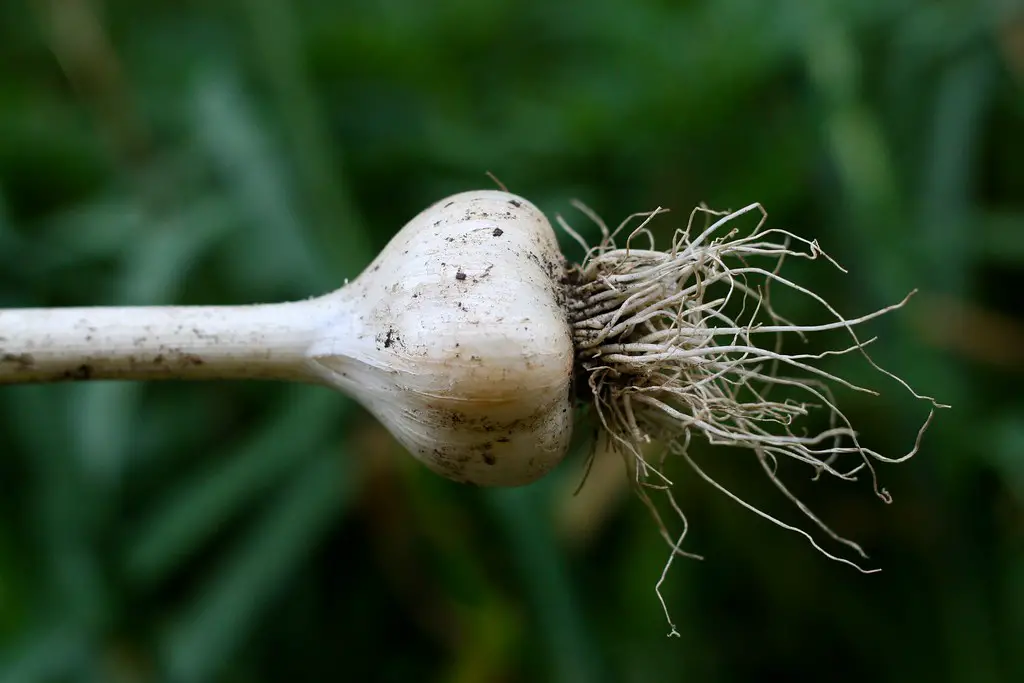
Timing is crucial when planting garlic, as it needs cold temperatures to develop properly. According to The Old Farmer’s Almanac, garlic should be planted in the fall, about four to six weeks before the ground freezes. This allows the cloves to establish roots before winter dormancy.
Planting too late can result in weak plants, while planting too early may lead to premature sprouting, which reduces cold tolerance. If you live in a mild climate, you can plant garlic in late winter or early spring, but the bulbs will likely be smaller than fall-planted garlic.
2. Choosing the Wrong Garlic Variety
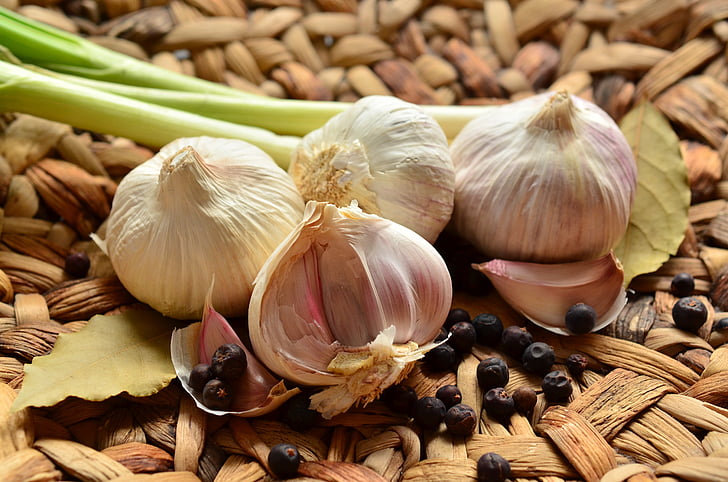
Not all garlic varieties thrive in every climate, and planting the wrong type can lead to disappointing results. Mountain Valley Garlic explains that hardneck garlic varieties do best in colder regions, while softneck garlic is better suited for warmer climates. Hardneck varieties also produce scapes, which can be an added bonus for cooking.
Before planting, research which garlic types perform well in your area. If you live in a warm region but want to grow hardneck garlic, you may need to provide extra chilling time in the refrigerator before planting to mimic winter conditions.
3. Using Supermarket Garlic for Planting
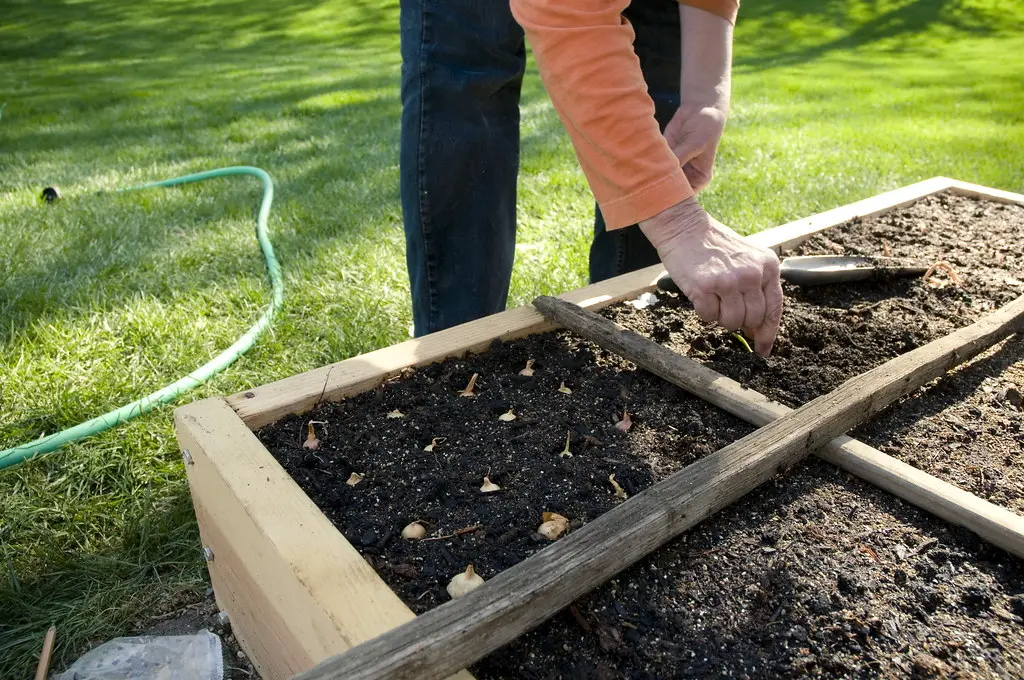
Many gardeners make the mistake of planting store-bought garlic, only to find that it doesn’t sprout or produce small, weak bulbs. According to Gardening Know How, grocery store garlic is often treated with growth inhibitors to prevent sprouting. It may also come from a different climate and not be suited to your local growing conditions.
For the best results, purchase seed garlic from a reputable supplier or a local farmer’s market. This ensures that you’re planting a variety that will thrive in your region without any chemical treatments hindering growth.
4. Not Preparing the Soil Properly
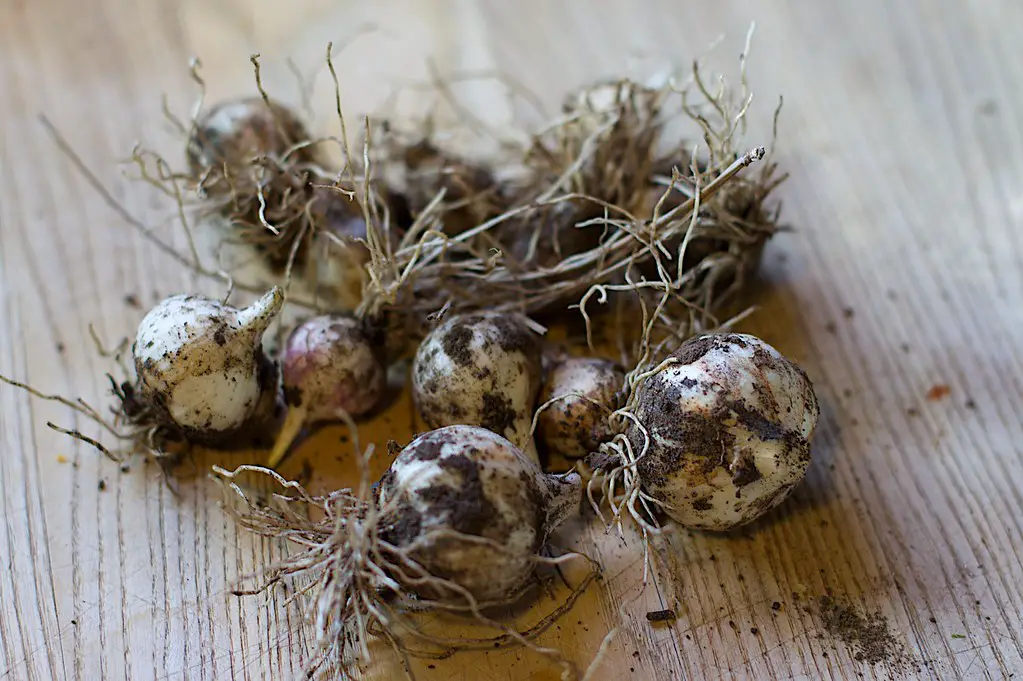
Garlic needs well-draining, nutrient-rich soil to thrive, and failing to amend the soil can lead to poor growth. The University of Minnesota Extension advises that garlic prefers loose, sandy loam with plenty of organic matter. If your soil is too compacted or clay-heavy, the bulbs won’t develop properly.
Before planting, mix compost into the soil and ensure proper drainage. Raised beds can help improve soil structure, especially in areas with heavy clay. A soil test can also help determine if any additional amendments, like phosphorus or potassium, are needed.
5. Planting Cloves Too Close Together
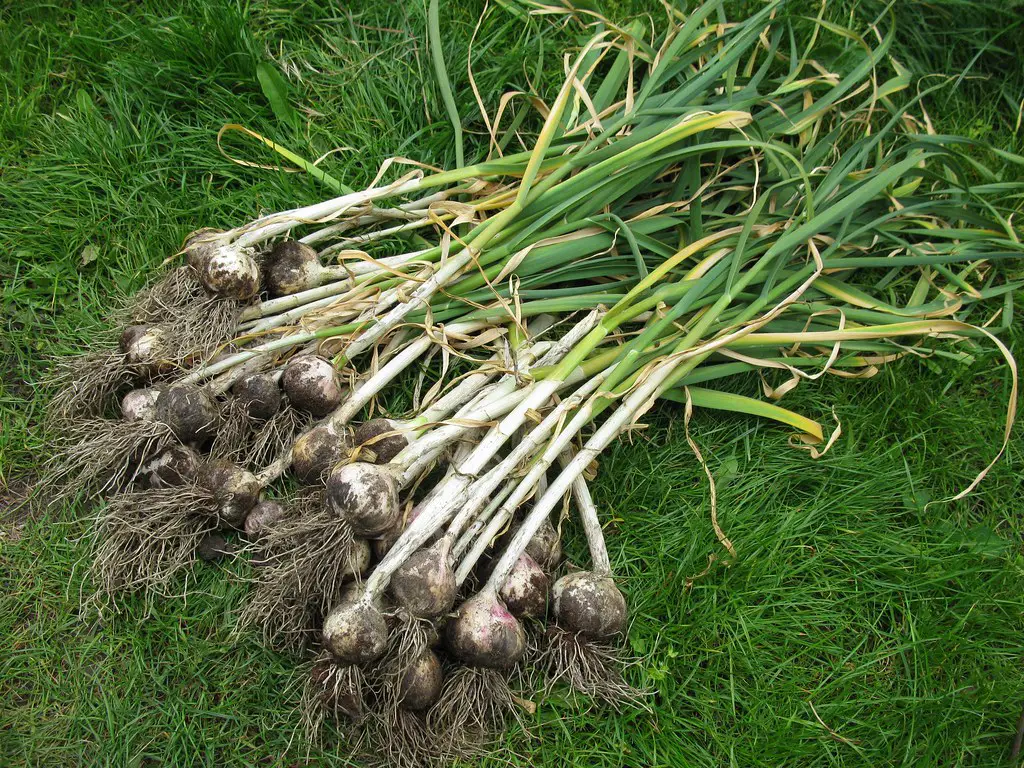
Spacing is important when planting garlic, as overcrowding can lead to small bulbs. Each clove needs enough room to develop a full-sized head without competing for nutrients. If garlic is planted too close together, it may also be more prone to disease due to poor air circulation.
For best results, plant cloves about 4 to 6 inches apart in rows spaced 12 inches apart. This gives each bulb plenty of space to grow and prevents overcrowding that could stunt their development.
6. Not Mulching After Planting

Garlic benefits greatly from a layer of mulch, especially in colder climates. Mulching helps insulate the soil, retain moisture, and suppress weeds that compete with young garlic plants. Without mulch, the cloves may experience temperature fluctuations that hinder proper root development.
Straw, shredded leaves, or grass clippings make excellent mulch options. Apply a 2- to 4-inch layer after planting in the fall, and leave it in place through winter to protect the cloves from harsh weather.
7. Overwatering or Underwatering
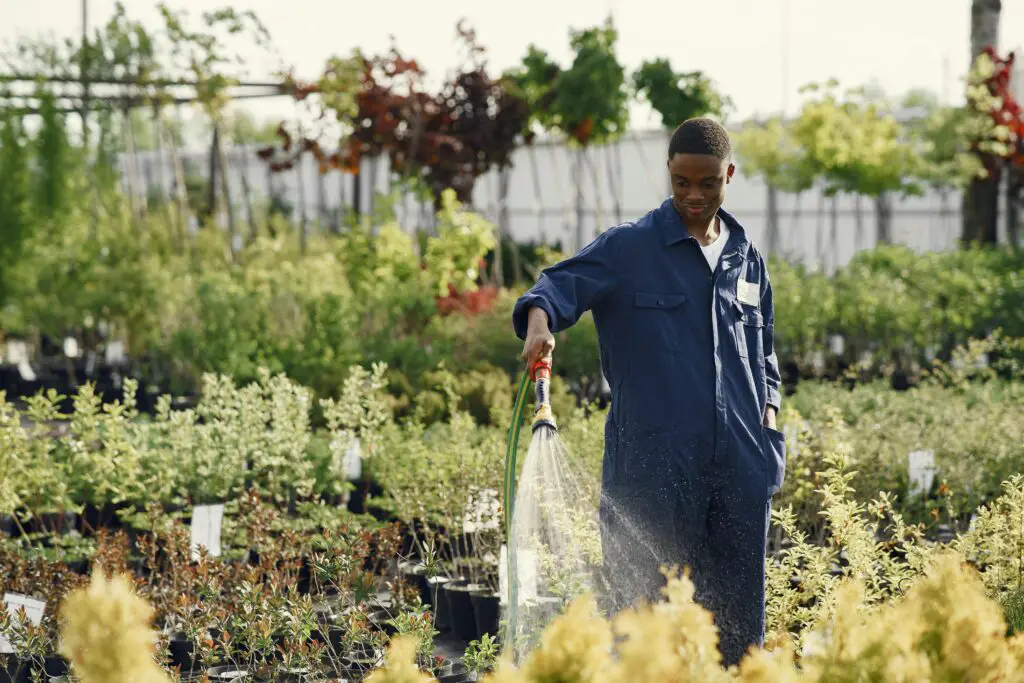
Garlic needs consistent moisture, but too much or too little water can cause problems. Overwatering can lead to rot, especially in heavy soils, while underwatering results in small, dry bulbs. The key is to keep the soil evenly moist but not soggy.
A good rule of thumb is to water deeply once a week if there’s no rainfall. As harvest time approaches, gradually reduce watering to allow the bulbs to cure naturally, which helps improve storage life.
8. Ignoring Pests and Diseases
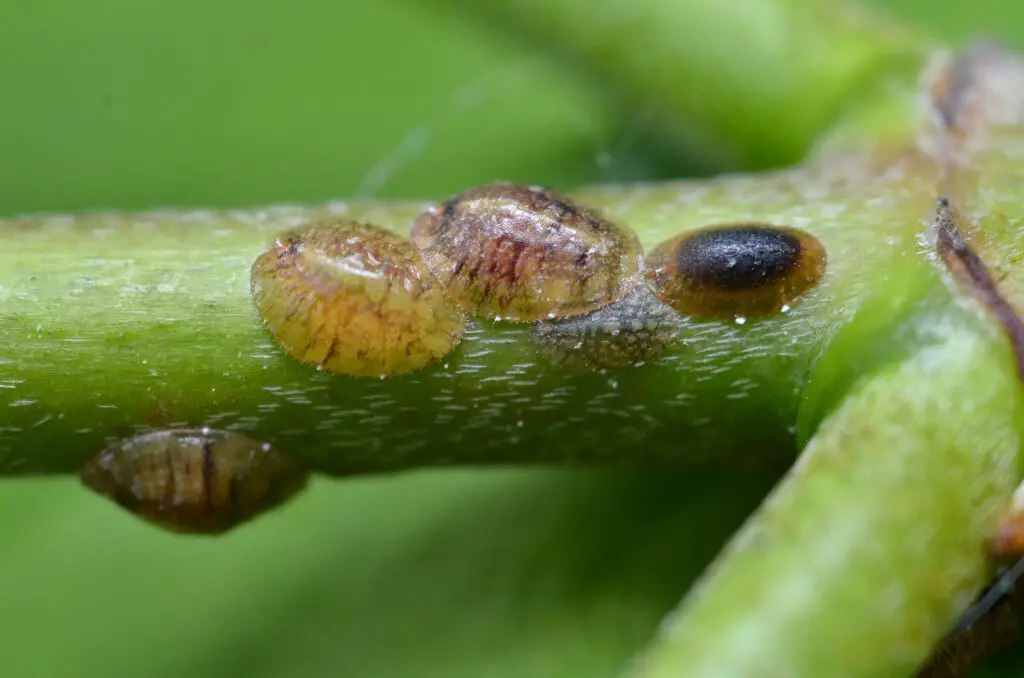
Garlic is relatively pest-resistant, but it’s not immune to problems like onion maggots, nematodes, or fungal diseases. If you notice yellowing leaves, stunted growth, or moldy bulbs, pests or disease may be to blame.
Crop rotation is one of the best ways to prevent these issues. Avoid planting garlic in the same spot every year, and remove any infected plants immediately to prevent the spread of disease.
9. Harvesting Too Early or Too Late
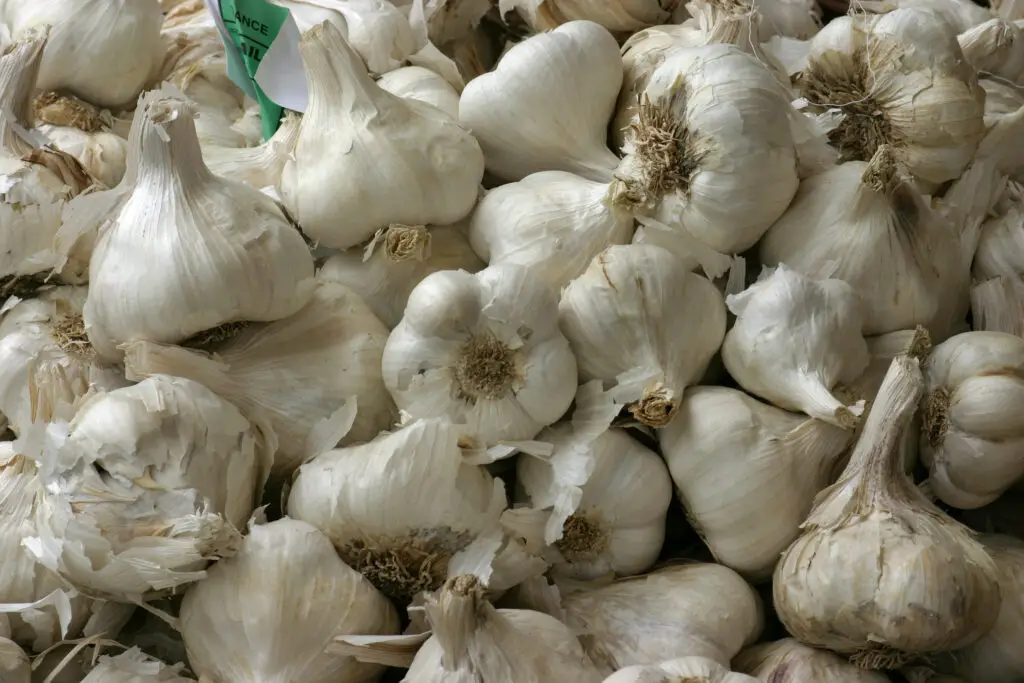
Harvest timing is critical for getting the best-quality garlic. If you harvest too early, the bulbs won’t have fully developed, leading to small, weak heads. If you wait too long, the outer wrappers may start to break down, reducing storage life.
A good sign that garlic is ready to harvest is when the lower leaves have turned brown, but the top leaves are still green. Dig up a test bulb first to check if it has reached the right size before harvesting the entire crop.
10. Not Curing Garlic Properly
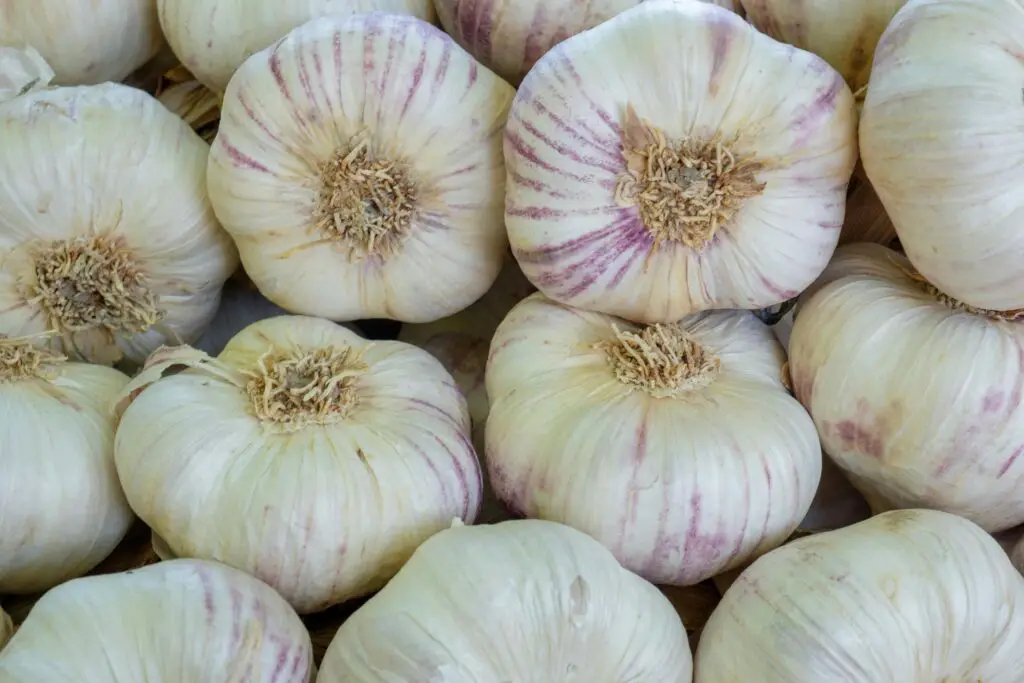
Once harvested, garlic needs to be cured for proper storage. If you skip this step, the bulbs may spoil quickly or develop mold. Curing allows the outer layers to dry and form a protective covering that helps preserve the garlic.
To cure garlic, hang the bulbs in a warm, dry, and well-ventilated area for two to three weeks. Once the outer layers are dry, trim the roots and tops, then store them in a cool, dark place. Properly cured garlic can last for months without sprouting or spoiling.
11. Storing Garlic Incorrectly
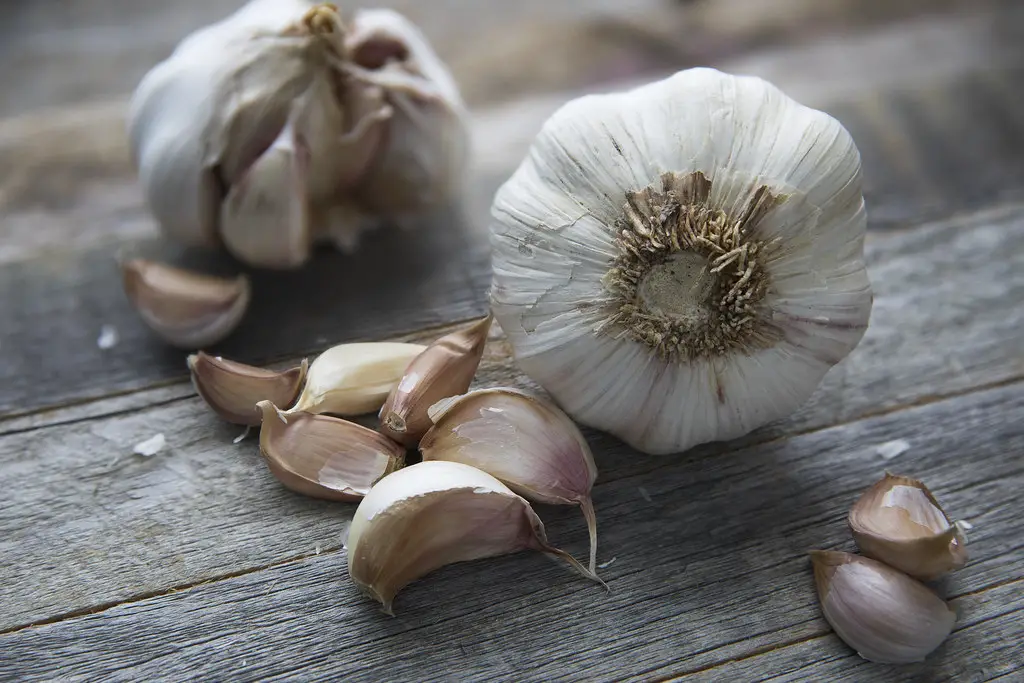
Even if you grow garlic successfully, storing it the wrong way can cause it to sprout or rot before you can use it. Garlic should be stored in a cool, dry, and well-ventilated area. Avoid keeping it in plastic bags or airtight containers, as this traps moisture and encourages mold growth.
The best storage method is to place cured garlic bulbs in a mesh bag or basket in a dark pantry. If you live in a humid climate, keeping garlic in a paper bag with small holes can help prevent excess moisture buildup.
